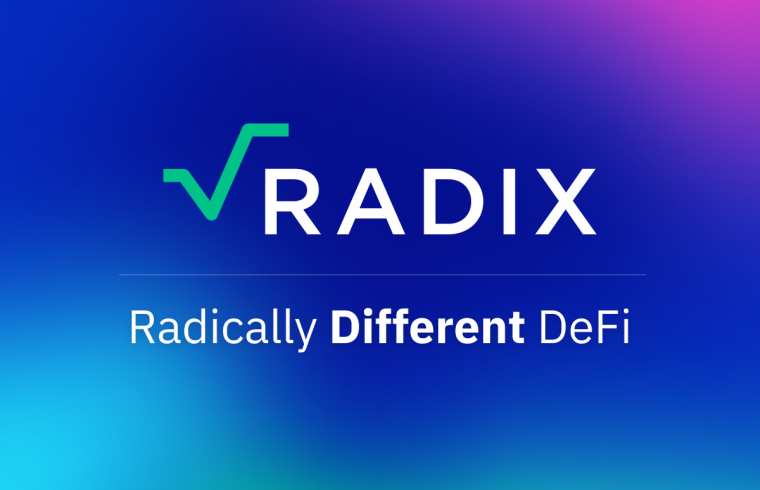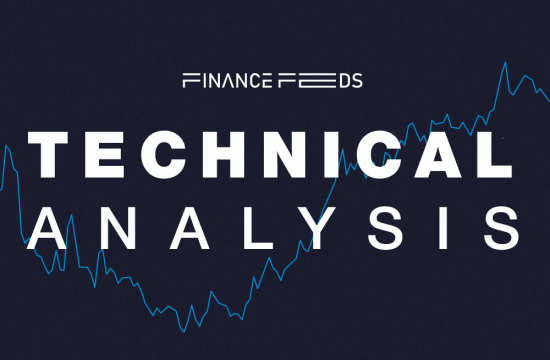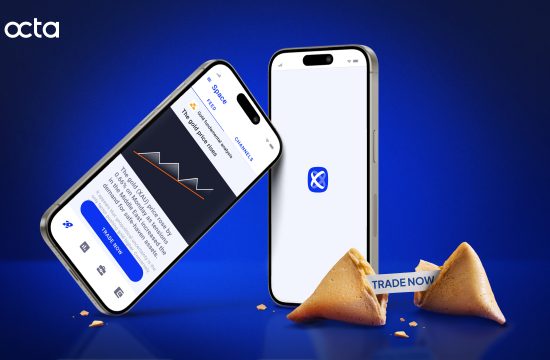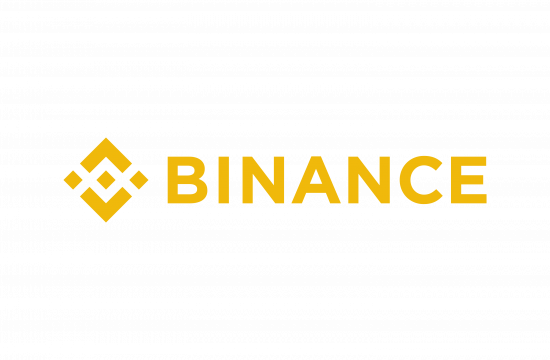Major cryptocurrency exchanges including Bitmart, WhiteBIT, LBANK, and Gate.io have announced they’re now listing Radix’s native token XRD with Bitcoin and USD Coin trading pairs.
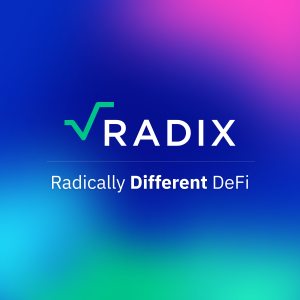
This is a big milestone for one of the most promising new blockchains around. Radix is a purpose-built blockchain platform for DeFi that aims to support what it believes will eventually grow to become a $400 trillion economy.
That might sound a tad ambitious, but Radix is a very serious project that thinks it has come up with a solution to the biggest weakness in DeFi – namely, the smart contracts. Anyone who knows anything about DeFi knows that the main reason for all the bad publicity in the industry is smart contract vulnerabilities. Smart contracts, which self-execute when certain conditions are met, are the key technology that enables DeFi, an alternative financial ecosystem that doesn’t rely on intermediaries such as banks. With DeFi, anyone can participate, lending funds to earn a passive income, or borrowing at low rates without the need for a credit check. It’s a utopian form of finance that many believe could one day replace the need for banks altogether.
For now though DeFi remains something of a niche industry and one of the reasons for that is that hacks and scams are commonplace. Hackers have taken advantage of smart contract vulnerabilities to make off with millions of dollars of user’s funds in numerous hacks over the past three years, and so it’s clear that a solution is needed.
Radix says it has created this solution with its Radix Engine architecture, which replaces smart contracts with something better – namely “components”, which are essentially bits of pre-written code that can be bunched together to make complex DeFi-based decentralized applications. The advantage of doing this is that Radix’s code is much safer, because it has been written using its own Scrypto programming language, heavily audited and then reused multiple times. In this way, developers can be sure that very few vulnerabilities, if any, exist in their Radix-based dApps.
Radix’s architecture has other benefits too, including a unique characteristic known as atomic composability that enables interoperability within its growing ecosystem. Interoperability is essential for DeFi, as it allows dApps to compose single transactions that leverage multiple, autonomous smart contracts. What this means is that dApps can compose transactions across multiple other dApps, giving users a way to obtain the best possible exchange rate across multiple exchanges, for example. It also enables more complex transactions, such as leveraging crowdsourced liquidity pools to take advantage of arbitrage opportunities.
With Radix’s XRD token now available on numerous high-profile cryptocurrency exchanges, thousands of crypto investors have the opportunity to participate in this exciting project for the first time. It’s likely to accelerate growth in an ecosystem that has already been expanding rapidly. This year, Radix has seen transaction volume on its network increase by seven-times, while the number of unique active wallets has risen from just over 11,000 in January to more than 83,000 today.
“We spent the last 8 years building and refining a complete DeFi stack to support a $400 trillion economy, so it’s rewarding to see so many in the crypto community experience the Radix Revelation and join the movement,” said CEO of Radix Tokens Jersey, Limited.
XRD’s listing was timed to coincide with the launch of Radix’s Babylon Alphanet, which also happened today. The Babylon Alphanet is the last key milestone on the journey towards Radix’s mainnet launch, and will give developers an opportunity to test the various features and capabilities of the dApps they’re building on the Radix blockchain.


